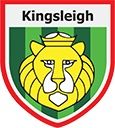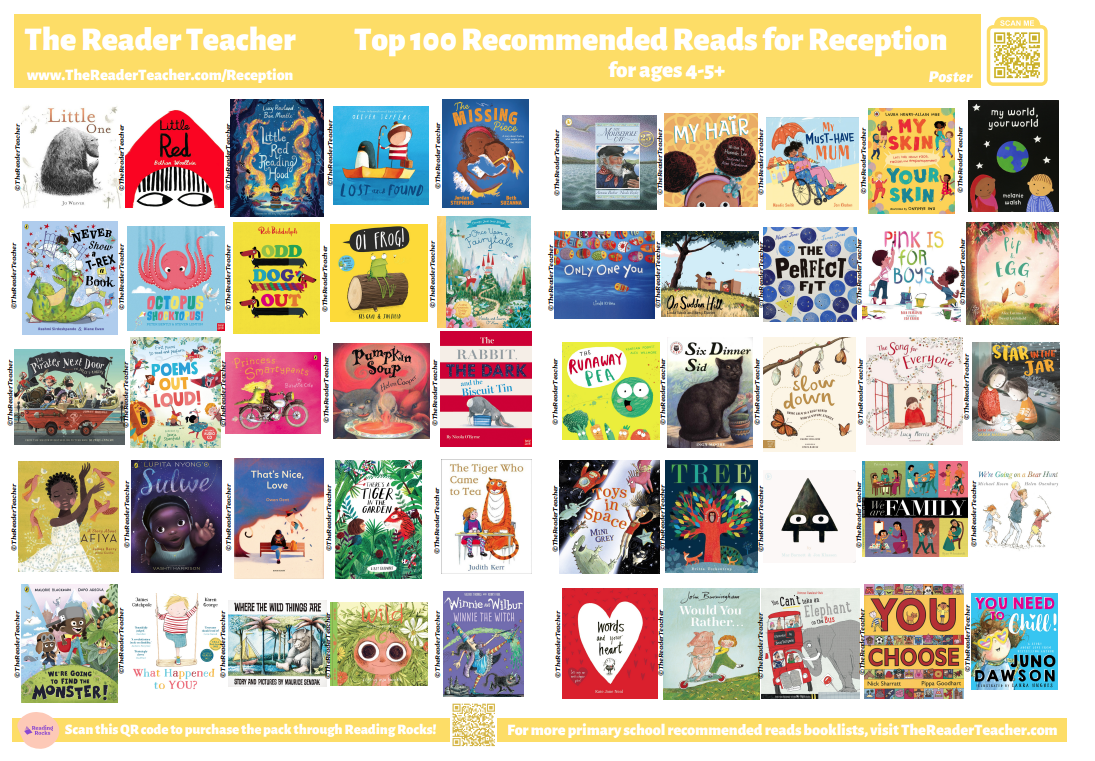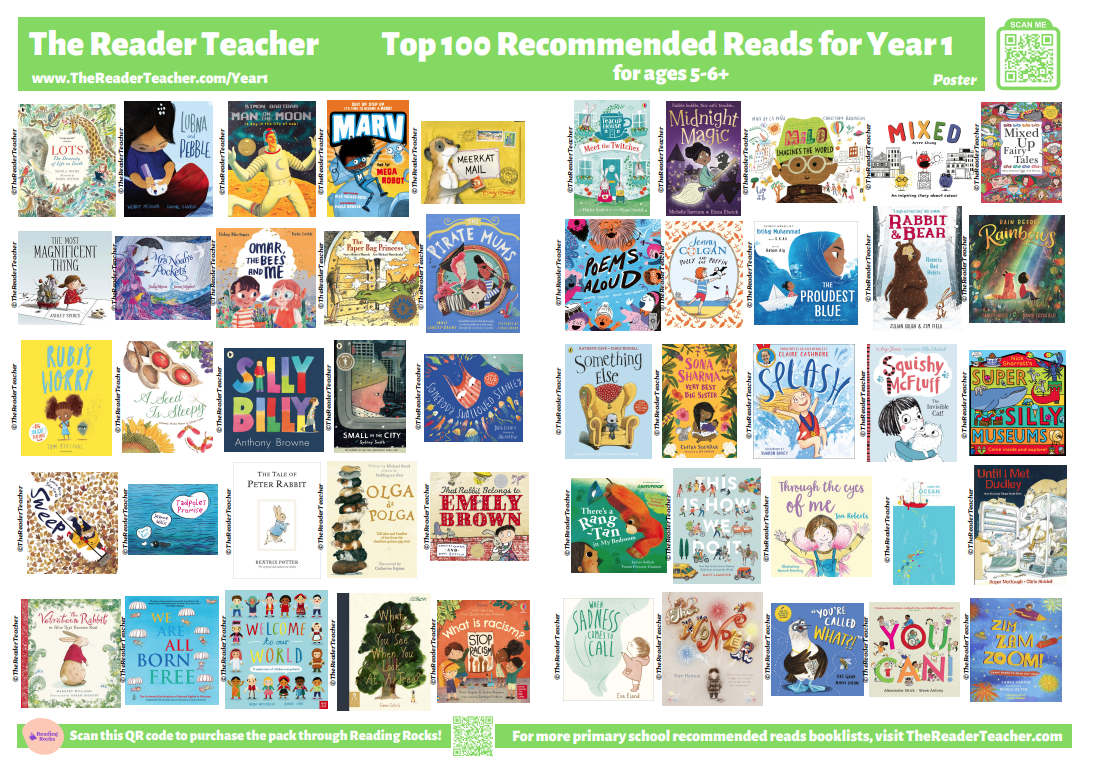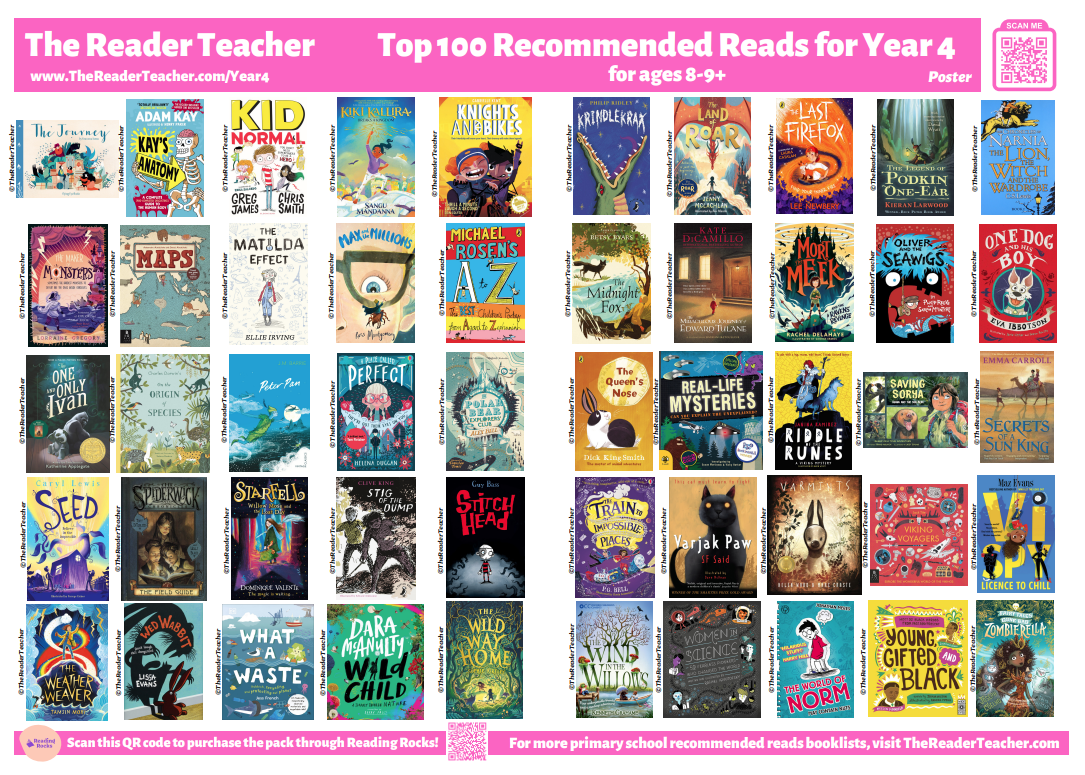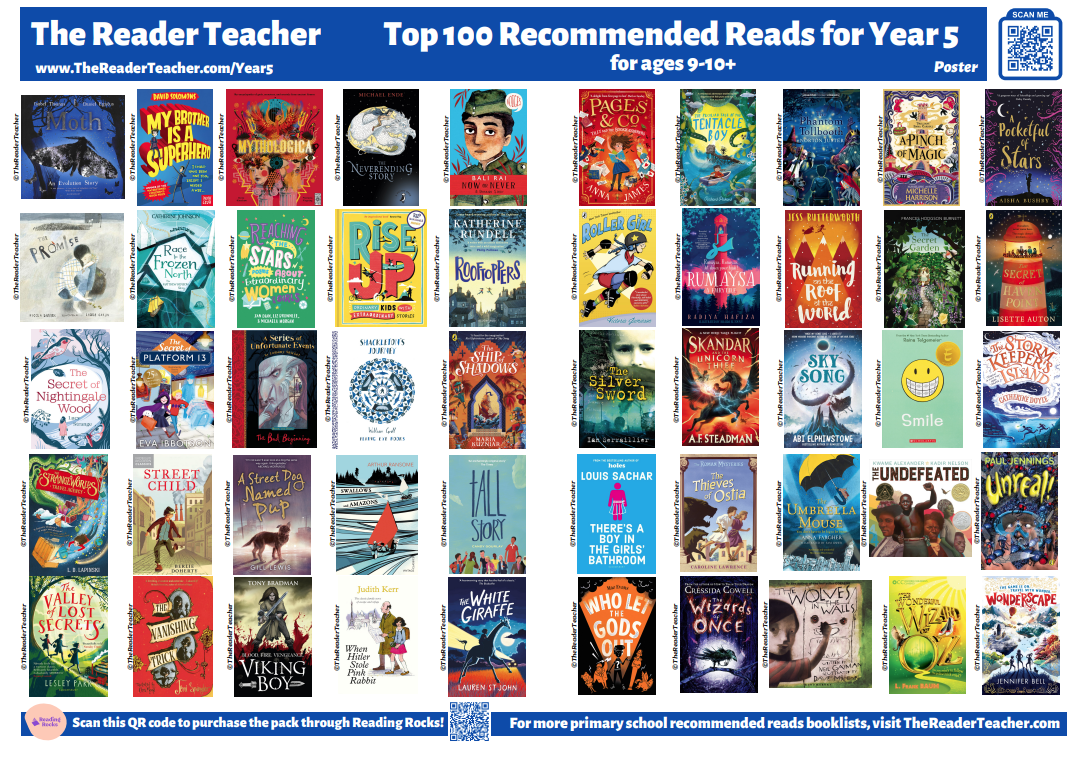Reading
Reading
Book band progression at Kingsleigh - a guide for parents
At Kingsleigh we aspire for all children to be leaving school as readers. We want them to see value in reading for pleasure, reading for knowledge and reading for necessity. We want them to seek out non-fiction texts to answer their curiosity about their world, poetry to enjoy and speak to them, as well as enjoy a rich diet of high-quality fiction texts. We believe that the power of reading is invaluable for our children and strive to ensure that they leave us being confident and passionate readers.
Reading is taught through the use of quality, whole class texts. The books are chosen to really engage children in the power of reading and great care is taken to select texts that will nurture a love of reading. Children are read to, read aloud, read in pairs and small groups to develop their fluency and confidence. They also carry out comprehension tasks linked to their reading where they have the chance to show what they understand about the text and express their opinions about events in the books. As you walk around our school, we have high quality texts on offer for children to borrow, take home, read and enjoy. Each key stage has a library with both fiction and non fiction books in and our corridors have shelves of books for the taking.
Please see phonics and early reading section for information on the start of your child's reading journey.
Once your child is able to read with fluency we need to teach them skills to answer comprehension questions and develop their awareness as a reader further.
Strategies to support children in developing reading comprehension skills.
- Prediction—pupils predict what might happen as a text is read. This causes them to pay close attention to the text, which means they can closely monitor their own comprehension.
- Questioning—pupils generate their own questions about a text in order to check their comprehension.
- Clarifying—pupils identify areas of uncertainty, which may be individual words or phrases, and seek information to clarify meaning.
- Summarising—pupils describe succinctly the meaning of sections of the text. This causes pupils to focus on the key content, which in turn supports comprehension monitoring. This can be attempted using graphic organisers that illustrate concepts and the relationships between them using diagrams.
- Activating prior knowledge—pupils think about what they already know about a topic, from reading or other experiences, and try to make links. This helps pupils to infer and elaborate, fill in missing or incomplete information, and use existing mental structures to support recall.
For further information on what your child is reading in class this half term, please check out the year group pages.
Below are 100 reads recommended for each year group. These books will offer a breadth of vocabulary, support the development of a love of reading and support children in having new ideas to use when writing creatively in class.
Pre-School recommended reads
Reception recommended reads
Year 1 recommended reads
Year 2 recommended reads
Year 3 recommended reads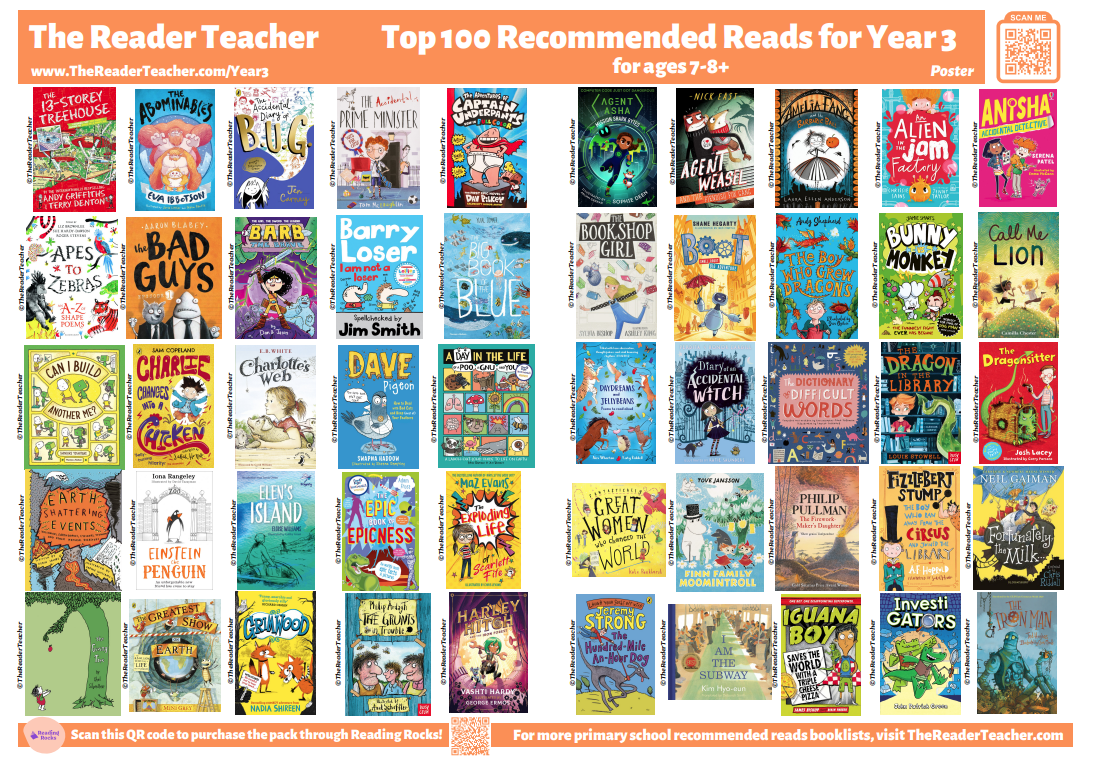
Year 4 recommended reads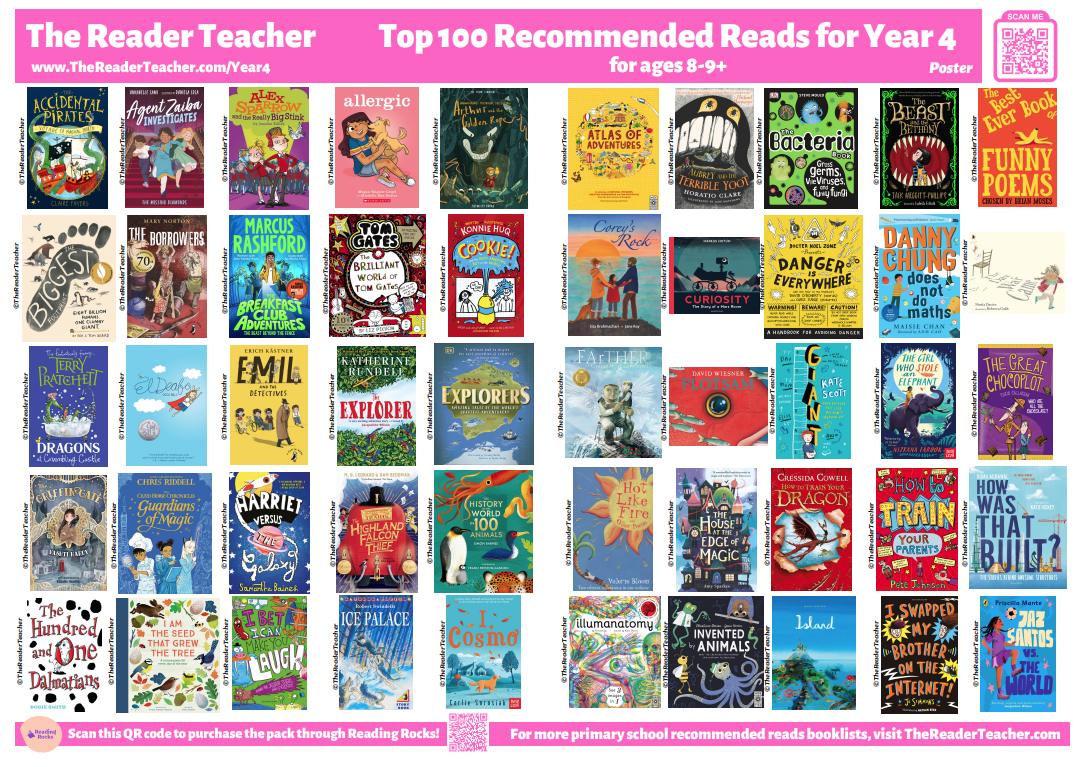
Year 5 recommended reads
Year 6 recommended reads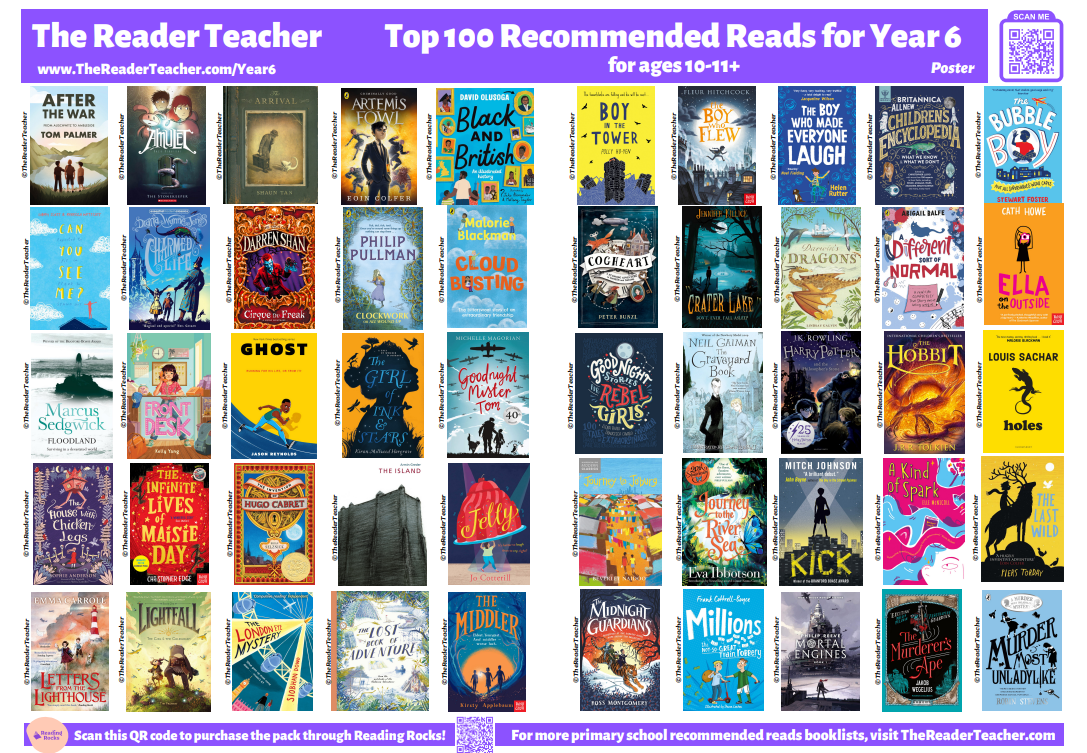
Teaching children to read
The early stages of learning to read are so important for your child’s development. We want you as a parent to be as involved as possible in your child's reading journey and your involvement can have a hugely positive impact on your child.
Our aim is to ensure all parents feel confident and supported when reading with their children at home. We hope you find the guide below useful and please speak to your child’s class teacher, who would be happy to help if you would like further information.
Phonics
At Kingsleigh, we use Little Wandle as our systematic, synthetic phonics programme for early teaching of reading and writing. Phonics is making connections between the sounds that make up spoken words and the letters that are used to write them down and is the basis of learning to read and write at an early age.
In school, our daily phonics teaching follows the cycle of revisiting and reviewing previously taught sounds, teaching new sounds, and practising and applying these sounds through reading and writing.
Our aim is to teach children to sound out and blend together sound in words in order to accurately read them.
Revisit and ReviewQuick flash review. Each session will begin by rapidly revisiting any sounds that have been previously taught.
Teach and PractiseThe session will move onto introducing the new sound and practising pronouncing it. (see below for help guide on this). Within the teach and practise section, children will be given the opportunity to form the sound, match the sound to the written letter, followed by guided blending of the sound in words.
Examples of this are:
Timed reading of GPCs/words/tricky words.
Reading words quickly: ask children to find the digraph and then read the word fluently.
Reading longer words using the chunking method by splitting the word into segments.
Teacher- led blending throughout the day.
Practise and ApplyIn this section of the lesson children have the opportunity to play games and use the new sound in action by applying it when reading and writing words.
Blending to read words at home
Some children learn to blend really quickly, and others take a little longer. If your child is finding it difficult you can ask your child’s teacher for ways to help at home.
See the link below for some great ideas to support blending at home:
https://www.littlewandlelettersandsounds.org.uk/resources/for-parents/
|
The resources on this page will help you support your child with saying their sounds and writing their letters. There are also some useful videos so you can see how they are taught at school and feel… www.littlewandlelettersandsounds.org.uk |
Please follow this link for our Early Reading and Phonics Presentation.
Terminology
Below are words that your children will become familiar with as they are taught the phonics programme.
Grapheme – The written letter or groups of letter that represent a sound (phoneme).
Phoneme- The verbal sound for the written letter or groups of letters (grapheme).
Blending – When reading a word, identify the graphemes in the word and say the corresponding phoneme (sounds). E.g. cat is made up of three phonemes c-a-t, blending these sounds together will allow your child to accurately read the word.
Segmenting – When spelling a word, break it down into the sounds you hear and write the grapheme for each identified sound. E.g. shop is made up of three sounds, sh-o-p.
Decode – Breaking a word down into sounds to be able to read it.
Encode – Breaking a word down into sounds to be able to spell it.
Digraph – When two letters make one sound when they appear together. E.g. shop
Trigraph – When three letters make one sound when they appear together. E.g. night
Split digraph – When two letters that are “split” by having another letter in the middle of them. E.g. a_e in game or i_e in tide.
Tricky words – These are words that the children won’t have been taught to decode yet as they haven’t learnt the spelling rule. Therefore, they will be taught to read them by sight.
Reading and Spelling
This is an example of what the children learn in Year 1. Children will learn that graphemes can be joined together to make different sounds. E.g. the digraph ea can make three different sounds depending on when it is used in a word.
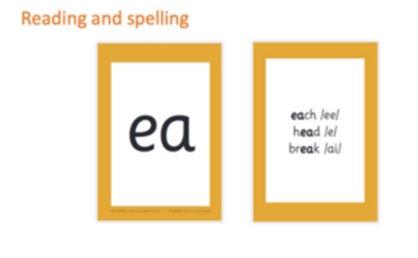
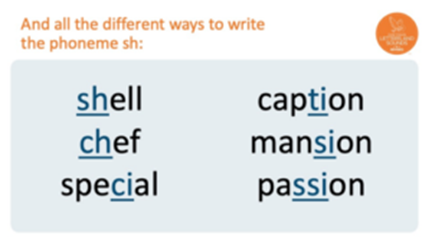
When spelling a word, children are taught to do the following.

Resources
Below are some resources to help you support your children with early reading and writing at home. Phonics is taught in phases starting in reception. Your child should bring home some resources that inform you of the phase they are on.
Phase 2 grapheme sheet- Reception Autumn 1
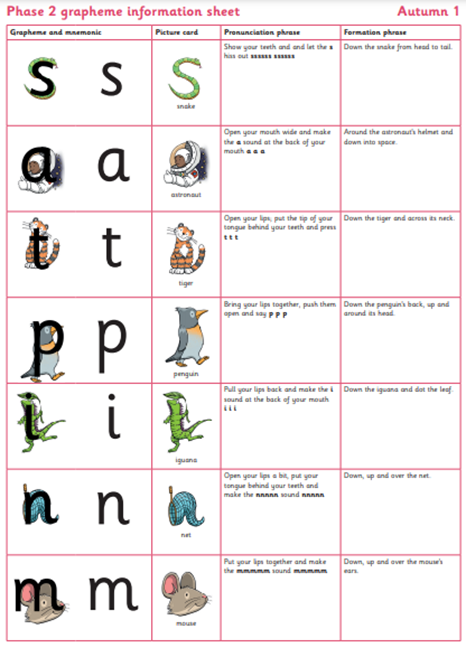
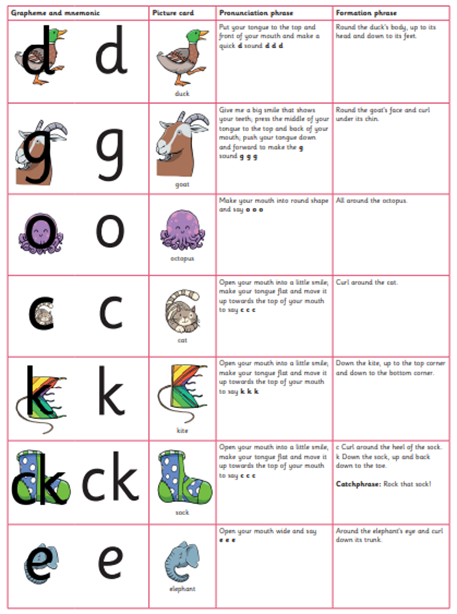
 Phase 2 Grapheme sheet Autumn 2
Phase 2 Grapheme sheet Autumn 2

 How to say Phase 3 sounds
How to say Phase 3 sounds
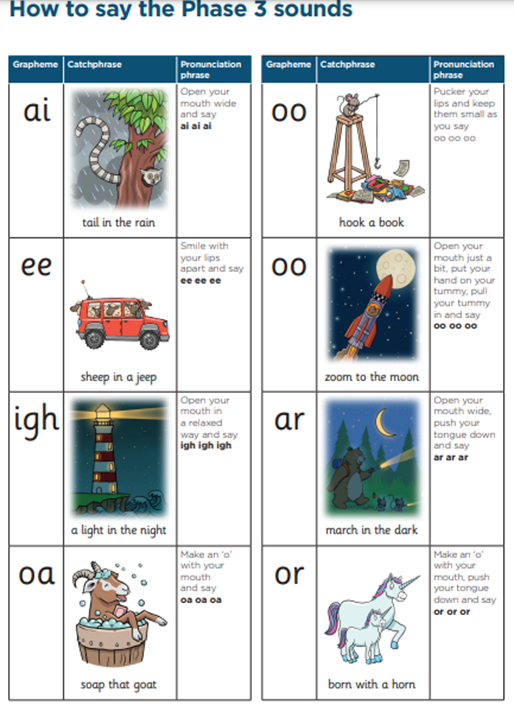
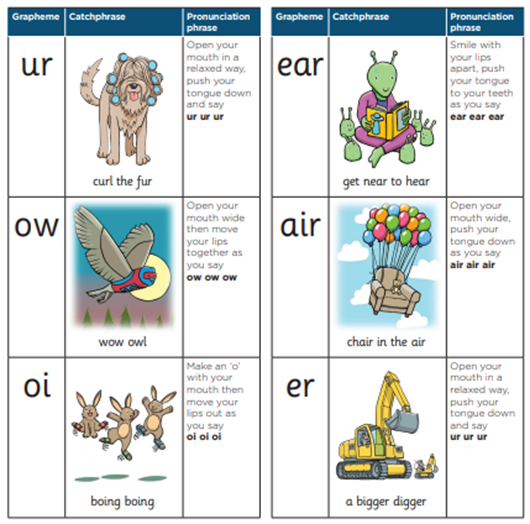 Phase 2 and 3 Grapheme Mat- Taught in Reception
Phase 2 and 3 Grapheme Mat- Taught in Reception

How to say Phase 5 sounds- Year 1 Autumn term 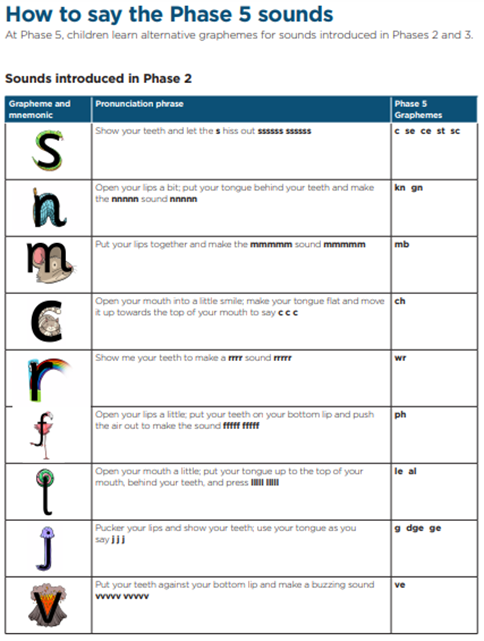



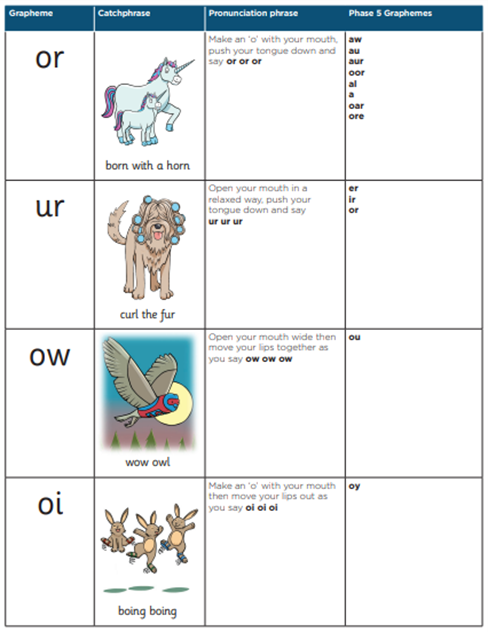
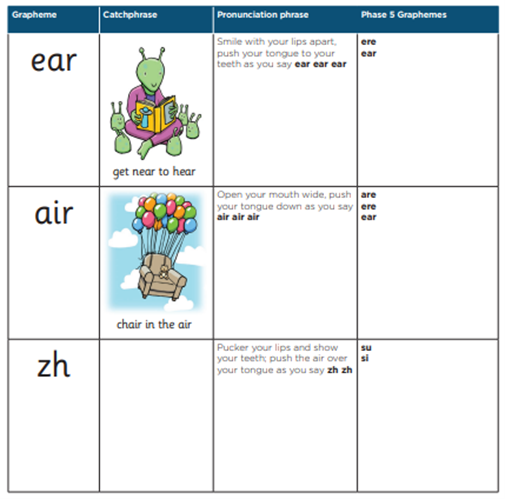 Grow the code grapheme mat- Year 1
Grow the code grapheme mat- Year 1


Supporting your child with reading
Reading is our main priority in school. You can have a huge impact on your child’s reading journey by continuing their practice at home. Reading regularly with your child at home will feed into your child's learning in school and support your children in becoming fluent readers.
Your child will bring home two types of reading books:

Reading practice book
This will be a book that is linked to the correct phonic stage for your child. Children need regular opportunities to apply the phonics they have learned by reading fully decodable books. To check if your child is reading the correct book, they should be able to:
- Know all the sounds and tricky word in the book.
- Read many of the words automatically
- Only need to stop and sound out around 5% of the words.
However, this will be dependent on the child’s year group; Reception children will need to sound out more as they start their reading journey. Please listen to your child read their book. Remember to give them lots of praise – celebrate their success! If they can’t read a word, read it to them. After they have finished, talk about the book together.
Sharing book
In order to encourage your child to become a lifelong reader, it is important that they learn to read for pleasure. Continue to read books to your child that they enjoy. This can later be developed into shared reading of books as they build on their Phonics knowledge in school. Please remember that you shouldn’t expect your child to read every book alone. Discuss the pictures, enjoy the story, predict what might happen next, use different voices for the characters, explore the facts in a non-fiction book. The main thing is that you have fun!
The Collins Big Cat eBook library
Access to our e-book library brings reading to life in school and at home with a range of more than 1000 books matching the phonics phase your child is being taught in school.
This range includes fiction and non- fiction texts.
Your child will be able to access books that are fully decodable to their stage of learning and ones that have been assigned by their class teacher.

